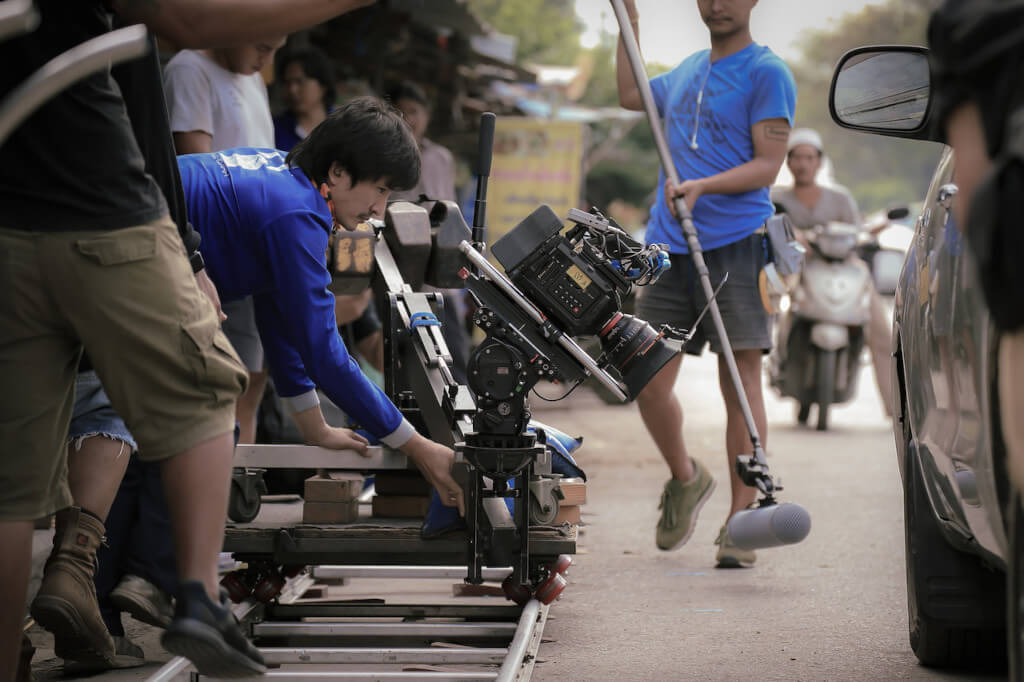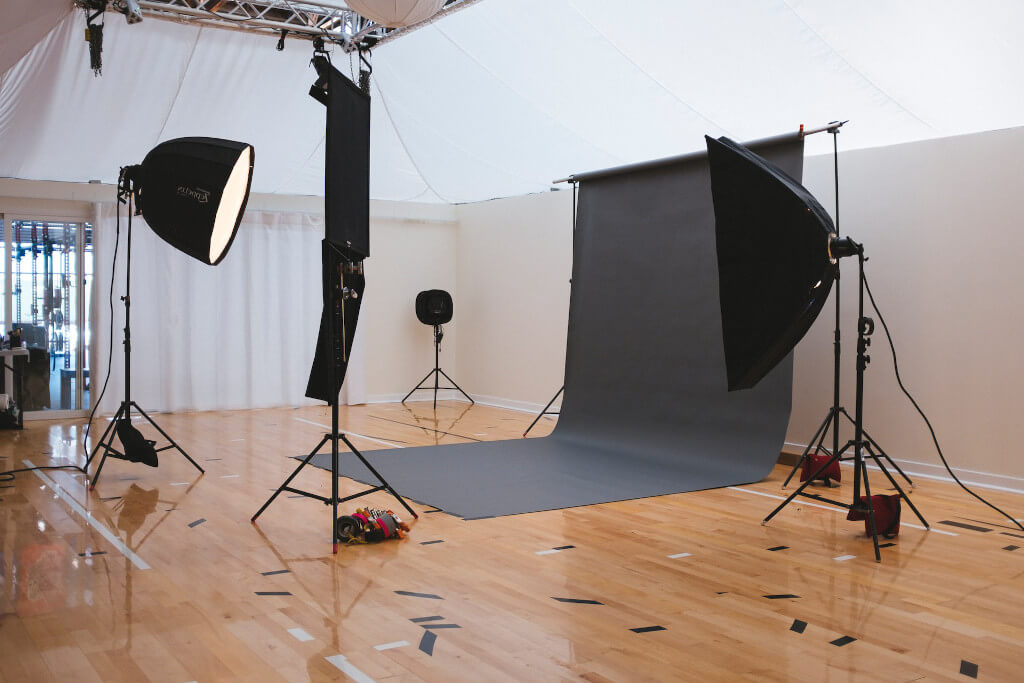Everything you’ll need to know to get a shoot off to a good start when it’s taking place in a different location.
One analogy that comes to mind is that of a circus for a film production that takes place on location. It consists of a group of cars, creative types, and animals setting up a camp in a field, and then starting the performance once everything is prepared. A film production may just stay at a location for only one day, in contrast to the several days or weeks that a circus will be present at a given location. Because of this, the “big top” needs to be erected as soon as humanly possible. The following is a step-by-step guideline for making a seamless start to a shoot so that you can avoid chaos and arrive at the shoot time as quickly and effectively as you can.
Preparing for the Shoot
Your first order of business will be to determine the best way to set up the location where the event will take place.
What Kind Of Supplies Are Required At This Location?
Long before the date that filming begins, the Location Manager will have finished all of the necessary pre-production work to prepare the location logistically. Once the location for the shoot has now been chosen, he or she begins negotiations with the location proprietor regarding the specifics of the shoot and ensures that the location agreement is in proper order.
Throughout the technical scene audit, they will figure out the prerequisites for shooting; this will aid her to visualize how the shooting location will appear in the film as well as what the prerequisites of the set would be. They then formulate a concrete strategy that is extremely specific based on all of the information gathered.
Putting Together the Infrastructure
Not only does the setting need to be creatively equipped for the scene, but it will also require a specific infrastructure to be in place. The production will need, among other things, communal areas for the cast and crew, work stations for the make-up and costume divisions, storage areas, restrooms, carparks, and links for water and electricity. Based on what is needed at the location, production companies provide all essentials with portable infrastructure such as tents, trailers, toilet facilities and other hygienic structures, generators, and catering vehicles with constructed kitchens.
Permission to Use a Location
The Location Manager is responsible for organizing these logistics and developing plans for their use. In addition to this, he is in charge of collecting all permits, such as those required to close roads or install lights. Based on the size of the production, they will collaborate with the 1st or 2nd AD (or possibly even another production manager) to draft a timetable and translate the planned activities into a schedule. This timetable is then dispersed via a call sheet the night before the first day of shooting. The times that are written on the call sheet must be adhered to by all the crew members.
Location Management
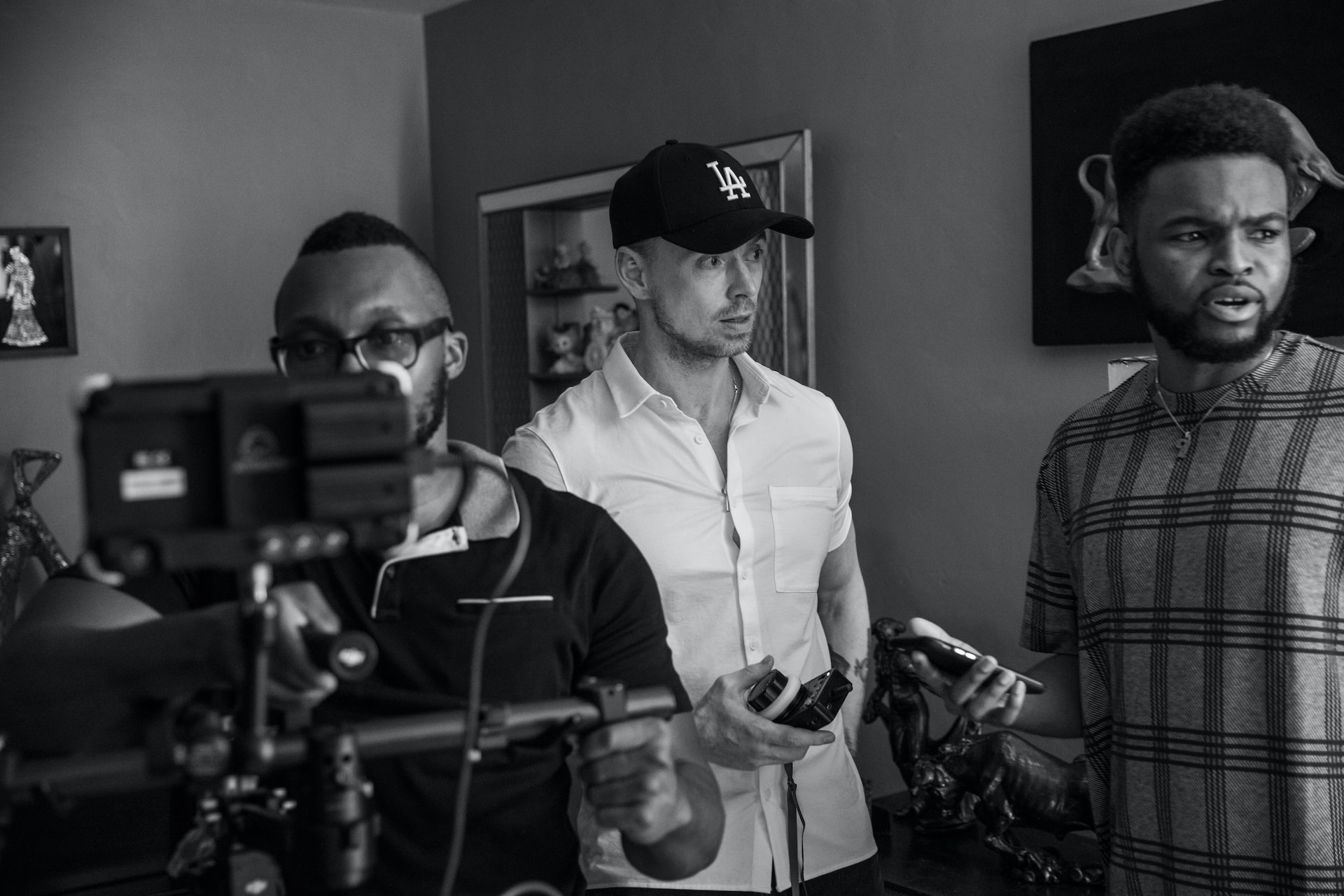
Coordination and collaboration are going to be required to successfully manage the logistical challenges at the location.
Collaboration And Organizational Skills
The Assist Location Manager (and/or a Location Assistant) is the initial person to arrive at the shooting location on the morning of the day that the shooting is scheduled to take place. They will go over the strategies for the day, the prerequisites of the set, and any authorizations or restrictions that are in place so that everything that is needed to make the day’s shoot run smoothly is in order.
Based on the timetable of the shoot, the Location Manager will typically have relocated to the subsequent location, where they will begin making preparations for the shoot that will take place the following day. After the shooting has concluded, the ALM and the Location Assistant are responsible for ensuring that the location where the filming took place is restored to the state it was in before the beginning of the shooting and that all portable infrastructure has been given back. The location manager will need to collaborate with their team and coordinate their efforts to effectively oversee the location’s logistics.
Establishing A Base
Now is the time to get the base camp at the location prepared for the upsurge of individuals.
Department Needs
The subsequent action involves making preparations at the location for the arrival of the depts. The portable infrastructure is set up at the base, where it is also attached to sources of electricity and water. In addition, parking for cars that are not immediately associated with the shooting will be located in this area all around the base. Everybody will gather in groups here, take breaks, and get their work done, as this is the most important part of the filming location. The drivers will come and go here, the make-up and costume departments will prepare the actors here, and the extra features will pass the time here in between scenes.
The crew members who are interested in receiving updates and information regarding the production should direct their inquiries here. Additionally, it serves as the point of contact between the location in question and the rest of the world. After it has been constructed, it cannot be moved. Even if the base area is going to be right next to the set because the shoot is occurring in a studio, it will nevertheless be primed appropriately by the situation.
The Arrival Of The Movie Cast And Crew
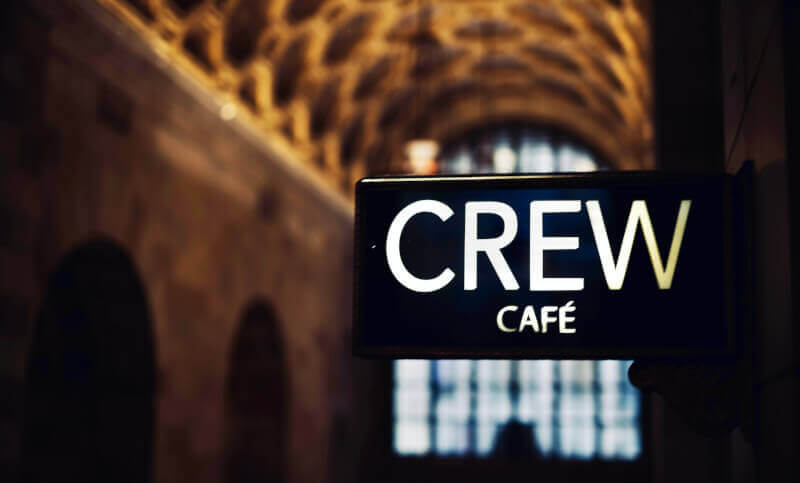
The arrival of each of the different departments at the location will need to be carefully coordinated and coordinated successfully.
The Process of Coordinating Arrivals
It is now time for the entire group to make their way over here. Each specialized department, and in some cases, every position within that department, has a unique start time. This start time is determined by the length of lead time needed by the department or the contractor until the beginning of a fixed schedule point. This guarantees that all of the required preparatory work will be finished by the time that shooting will begin. When a team arrives at the location six hours ahead of the start of shooting, it isn’t great for the spending plan because the team only requires two minutes to get ready before shooting begins.
Vehicle Management
The ASL is responsible for coordinating the arrival of all crew members and cast members with his team. During this process, private cars are parked in areas that will not interfere with the filming, and operational vehicles such as trailers and lorries are directed to their appropriate positions. These vehicles park in a parking lot that is distinct from the remainder of the team because the production design department and the technical departments require their equipment to be near the set during the filming process.
The vehicles that carry the majority of the equipment, which consists primarily of lights and supplemental recording equipment, are parked in the closest proximity to the set. This is accompanied by parking spots for the cameras, props, audio equipment, and any other necessities that require this privileged parking spot.
Set Management
The proximity from set to base varies according to the location of the shooting. As a result, monitoring changes along with the entry of the technical teams. For instance, the Location Assistant might move to the set whereas the ALM takes control of the base.
By doing things in this manner, they guarantee that as little time as possible is squandered on maneuvering and operational obstructions and that every member of the crew is given instructions as promptly as possible. When there is more attention paid to the planning stage as well as the internal environment of the management of the location and set, everything can be successfully produced for the start of the shoot much more quickly.
Prepared For Action
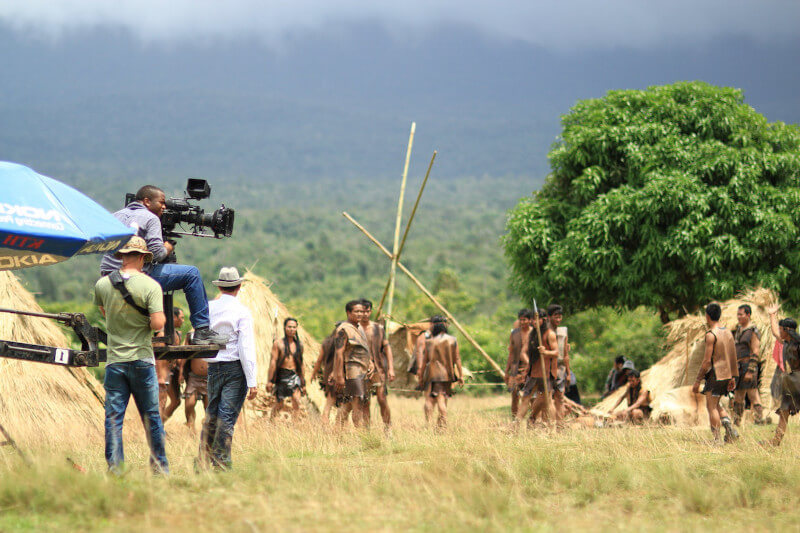
Following the completion of the dress rehearsal, the camera department is aware of where to position the camera for the initial shot, the lighting team can adjust the lights so that they correspond to the positions of the performers, and the audio crew is capable of placing their microphones. During this time, the departments of make-up and costumes have the opportunity to finish the preparation work that they have been working on. The first assistant director will look over these times after they’ve been synchronized throughout the scheduling process.
Now only, once everything is fully prepared, can we start rolling the cameras, and it’s only now can we start the performance. Is all too overwhelming for you? If you are looking for a Production Company in Cape Town that can assist in the production process from beginning to end, and make this major endeavor effortless, visit this page.

